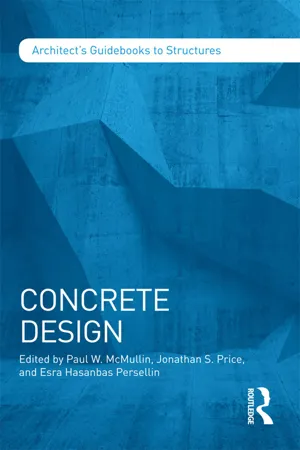1.2.1 The Program
In Kahn’s words:
It is the second capital, which is the legislative capital, and the executive capital is in West Pakistan. I received a program which was in acres. They said “Supreme Court, ten acres. Meeting room, five acres. Hostels, eight acres.” I had no other program, and that was a wonderful program because then I knew that I had to think of what a hostel is … I also realized, by just observing their religious habits, that the assembly room itself had to have a mosque interwoven into it. I knew how dangerous this was but as soon as I realized that some building had to be there or something interwoven, a mosque, some relation to the assembly, I felt I knew the entire program. The complexity meant nothing to me.2
1.2.2 The Design Team
Lou had a talented and loyal group of professionals supporting him in Philadelphia and in Dhaka. Past employees also influenced him; Anne Tyng, a former associate in Kahn’s firm, had conceived the geometry for the Trenton Bath House, which used both modern and classic geometrical forms. Lou claims that project as his architectural epiphany.
Another team member was Henry Wilcots, who was working as an architect for William Perry & Associates in Dhaka, Pakistan, when he met Lou in 1963. Henry’s knowledge of local building customs and his architectural insight appealed to Lou. When Henry returned home to Iowa in 1964, he found a telegram from Kahn saying, “Welcome whenever you are ready.” Henry joined Kahn’s firm in Philadelphia shortly thereafter and made many trips to Dhaka, first with Lou, then alone as his representative and eventually with Kahn’s successor firm—David Wisdom and Associates. Henry saw the Dhaka project through from start to finish and the project would not have been possible without him.3
Also, assisting from Dhaka was Lou’s friend, Muzharul Islam, who was both politician and architect. He helped Kahn interpret local culture and protected him from harsh criticism regarding costs and delays during construction.4 With Muzharul Islam’s help, Khan assimilated and combined the indigenous Mughal architectural forms with his modern Beaux-Arts style and set a new standard for architectural expression.
August Komendant, who had helped Kahn on other projects such as Richards Medical Research building at Penn, would have been the structural engineer for the Dhaka work. When he proposed to the Pakistan Works Department (PWD) that 15 workers could do the same as 500, given mechanization and his brand of Teutonic efficiency, he eliminated himself from the job. Pakistan wanted many people earning wages, not just a few.5
1.2.3 Timeline
Figure 1.1 Early master plan
After the award of the contract, Kahn spent six days in January of 1963 touring Pakistan with Muzharul—experiencing the culture and learning how local builders respond to the frequent flooding by simply elevating the site.6 Returning to Philadelphia, he developed a master plan (Figure 1.1) and presented it in March of 1963. Kahn worked on the plans for a year without a formal architect–client agreement. One was eventually drafted and signed in 1964.7
By October of 1964, the structural engineers at Keast & Hood had completed the foundation design drawings and carried the Assembly Building superstructure through Design Development. After that, former Keast & Hood engineer, Harry Palmbaum, took over as structural engineer.8
1.2.4 Presentations
At various intervals during the initial design period, Lou made scale models for President Ayub Khan and the Pakistani Public Works Department (the owner). Delivering these meant carrying them on a plane from Philadelphia to Pakistan. On one occasion, this task fell to Nick Gianopulos of Keast & Hood, the structural engineer. He was challenged when boarding a plane with a plywood box containing a model but justified that it was for the president of Pakistan and that it could not be trusted to the baggage compartment.9
1.2.5 An Uncommon Building
The National Assembly building is the focal point and largest structure of the capital complex. The superstructure is made of cast-in-place concrete (brick was ruled out due to the loads and height). Foundations are on pressure-injected footings (P.I.F, i.e. “Franki type” piles). The main meeting spac...

